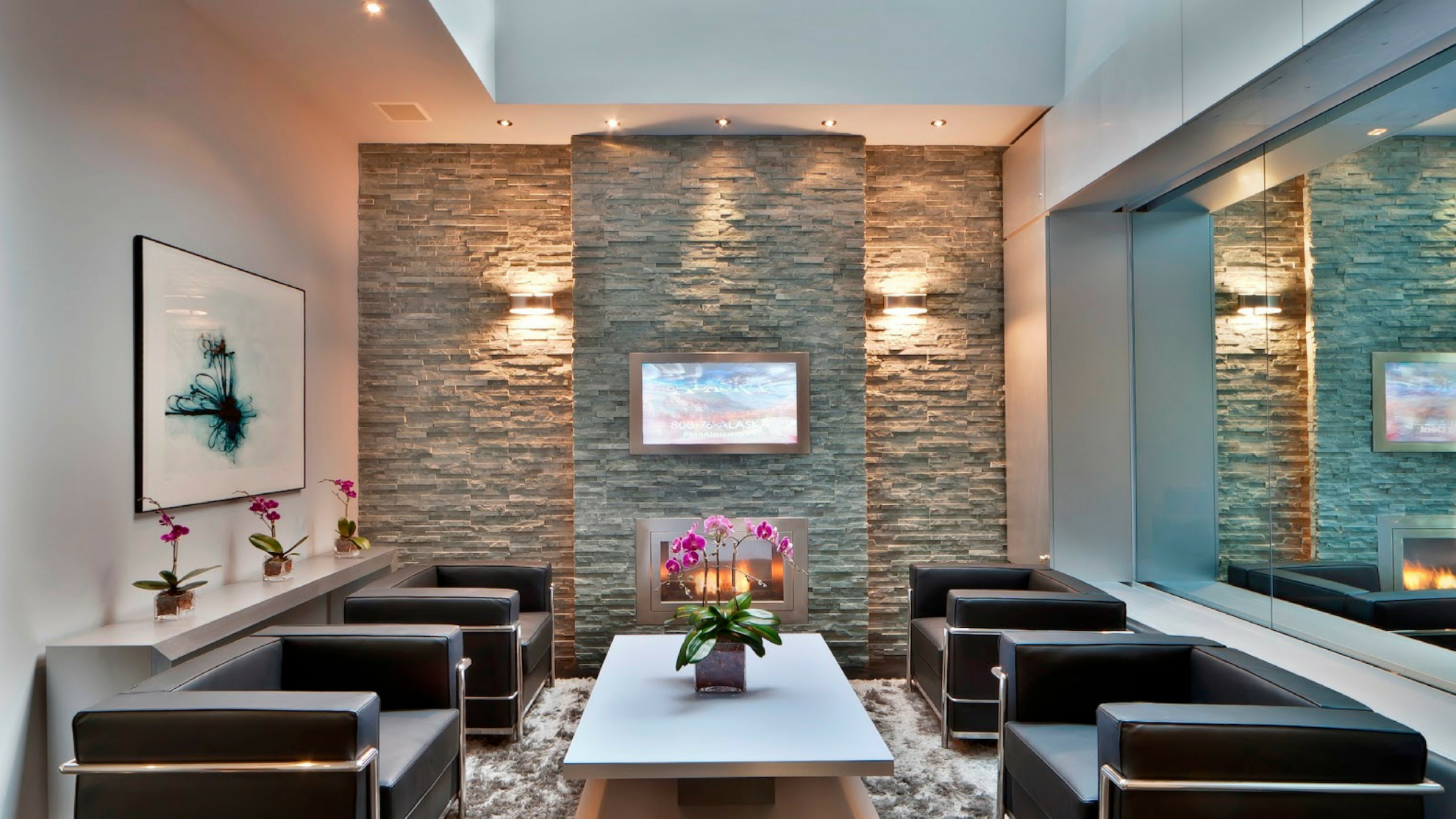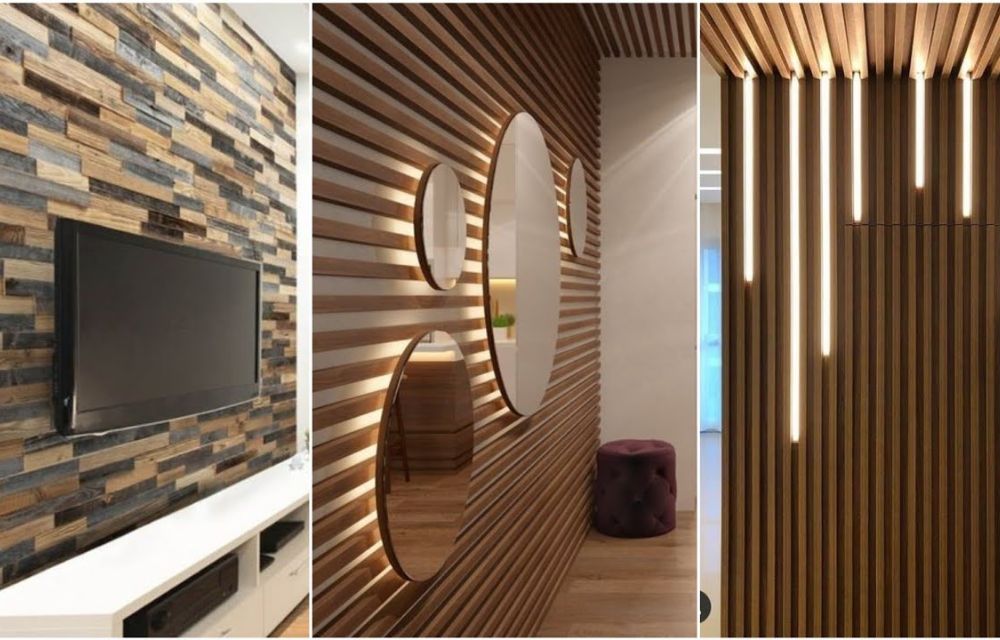The Pros and Cons of Using Stone Cladding in Your Living Room
Designing a living room that is both stylish and functional often involves experimenting with different textures and materials. Among the most visually striking and durable options available today is stone cladding. Stone cladding is a technique where thin layers of natural or artificial stone are applied to a wall surface to give it a premium, architectural look. When done well, it can transform a dull space into a statement area full of warmth, texture, and character. However, like all design elements, stone cladding has both advantages and drawbacks.
In this blog, we explore the pros and cons of using stone cladding in your living space—especially when considering various wall cladding designs for living room interiors.

✅ Pros of Stone Cladding in the Living Room
1. Elegant Aesthetic Appeal
One of the most compelling reasons homeowners opt for stone cladding is its ability to enhance the visual appeal of a room. Whether you’re going for a rustic farmhouse vibe, a sleek modern look, or a warm Mediterranean feel, stone cladding offers versatility in wall cladding designs for living room applications. From rough-textured natural stone to polished slabs, the design possibilities are endless.
2. Durability and Longevity
Unlike wallpaper or paint, which can chip, fade, or peel over time, stone cladding is known for its robustness. Natural stones like granite, slate, and quartzite used in cladding are resistant to wear and tear, making them an ideal long-term investment for frequently used spaces like the living room.
3. Low Maintenance
Stone-clad walls are generally low maintenance. They don’t require frequent cleaning, and their natural tones can hide dust or stains better than lighter wall colors. A simple dusting or wipe-down with a damp cloth is usually enough to keep them looking fresh.
4. Thermal and Acoustic Benefits
Stone has natural insulating properties. When used in cladding, it can help regulate indoor temperatures by keeping the living room cooler in summer and warmer in winter. Additionally, it offers sound-dampening qualities, making your living space more peaceful and private—perfect for homes located in noisy environments.
5. Increased Property Value
Stone cladding adds a premium touch to your interiors. The timeless appeal of stone often translates into increased property value. Potential buyers are more likely to be attracted to a home that offers well-designed, quality materials in key spaces like the living room.
❌ Cons of Stone Cladding in the Living Room
1. Cost Factor
Stone cladding can be significantly more expensive than other wall finishes. The cost varies depending on the type of stone, complexity of the design, and labor charges. For homeowners on a tight budget, this might not be the most economical choice when exploring wall cladding designs for living room.
2. Installation Complexity
Installing stone cladding isn’t a simple DIY project. It requires professional expertise, specialized tools, and sometimes structural support to handle the weight. Improper installation can lead to issues like tiles falling off or poor alignment, which not only looks bad but can also be dangerous.
3. Weight and Structural Impact
Natural stone is heavy. Depending on the thickness and type of stone used, your walls might need reinforcement. Without proper support, the cladding could compromise the wall structure. This is an important consideration, especially in older buildings or apartments with lightweight drywall partitions.
4. Design Limitations in Small Spaces
In smaller living rooms, heavy stone textures can overwhelm the space and make it feel smaller or cramped. While the right choice of color and texture can counteract this, not all wall cladding designs for living room suit compact areas. Sometimes, using stone as an accent rather than covering the entire wall is a better strategy.
5. Limited Flexibility for Future Redesigns
Once installed, stone cladding isn’t easy to replace or remove. If you’re someone who enjoys redesigning or updating your living room frequently, stone cladding may limit your flexibility. Removing the cladding can be costly, time-consuming, and may even damage the underlying walls.
✔ Tips for Choosing the Right Stone Cladding
To get the most out of stone cladding in your living room, here are some tips:
- Start with an accent wall: Instead of covering all four walls, try adding stone cladding to a single focal wall behind the TV or seating area.
- Mix with other textures: Pair stone with wood, metal, or glass elements to avoid a cold or heavy feel.
- Choose the right stone type: Slate, sandstone, and quartzite are excellent choices for indoor cladding due to their balance of texture and durability.
- Stay in harmony with your interior style: Ensure that the stone color and finish match your furniture and flooring for a cohesive look.

✨ Conclusion: Why Choose Al Rafahia Marbles & Granite LLC
If you’re considering exploring top-tier wall cladding designs for living room interiors, the key lies in working with a trusted expert. Al Rafahia Marbles & Granite LLC. has earned a stellar reputation in the UAE for delivering premium-quality natural stones and expert cladding solutions. With a wide selection of natural and engineered stone materials and a team of skilled craftsmen, Al Rafahia ensures that every living room transformation becomes a visual masterpiece that lasts for years. Whether you seek subtle elegance or a bold statement wall, Al Rafahia provides design-driven guidance and flawless execution every step of the way.




